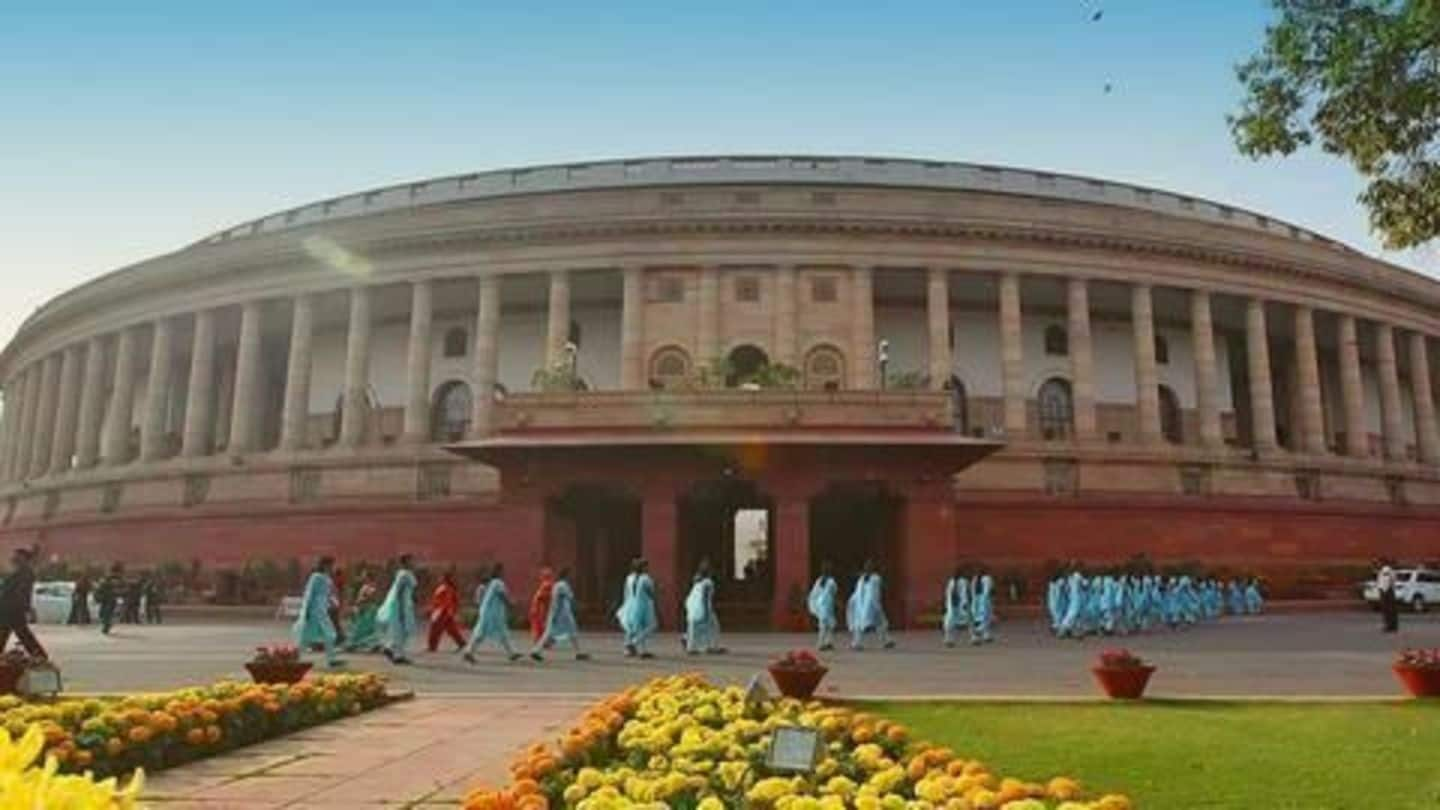
Lok Sabha approves GST: Moves one step closer to implementation
What's the story
The four GST Bills were approved in the Lok Sabha bringing GST one step closer to a roll out on July 1st. "We seem to be on time... (we are) reasonably optimistic about meeting the deadline", said Arun Jaitley.
The bills were passed following a 7 hour long debate, with the government fending off many questions from the opposition.
About
GST: A primer
GST represents the largest indirect tax reform in India since 1947. First brought up during former PM Atal Bihari Vajpayee's NDA rule in 2000, the bills have been passed after 17 years of work under various governments.
Intending to reduce the effects of cascading taxation, the GST subsumes multiple central and state levies unifying India as a single market, improving ease of doing business.
Details
Taxation under GST
GST sets a four tier tax slabs of 5%, 12%, 18% and 28%, with a peak rate not exceeding 40%. A cess would additionally be levied on goods including luxury cars and tobacco products. The cess would compensate the states for losses incurred during the first 5 years of implementation.
It also introduces zero rating of supplies to SEZs and introduces duty drawback.
21 Mar 2017
Cabinet approves GST Bills
Following the approval of the GST bills by the GST Council, the Union Cabinet approved , the Central GST Bill, the Integrated GST Bill, the Union Territory GST Bill and the Compensation Bill, allowing for them to be introduced in the Parliament subsequently.
Official statement noted, "GST implementation will lead to an increase in GDP by 1-2%, increasing productivity and creating employment"
28 Mar 2017
GST Bills introduced in the Lok Sabha
Finance Minister Arun Jaitley, introduced the GST bills in the Parliament, signalling his commitment to meet the July deadline. Introduced as money bills, they are expected to see a smooth passage in the Rajya Sabha, where the NDA is few in numbers.
The bills cover a wide ambit of matters including setting up of anti-profiteering mechanism and caps tax rate at 40%.
Data
GST peak rate
Peak rate under the CGST and SGST Bill are set at 20% each, making the combined peak rate not more than 40%, which would only come into effect during financial emergencies. The 40% levy would further be split equally between the centre and the states.
Highlights
Parliamentary debate on GST
Discussing the GST bills, Arun Jaitley noted commodities would be "slightly cheaper under GST regime".
Responding to a question on multiple tax rates were , he noted, "one rate would be regressive, as hawai chappal and BMW cannot be taxed at the same rate".
Highlighting that food articles and agricultural produce are zero rate, he also noted that taxation powers would remain with legislatures.
Details
The road ahead for GST
While the government sees committed to meet its implementation deadline, GST has to pass the test in the Rajya Sabha and thereafter the state legislatures.
The GST council is yet to decide and clarify on nuanced matters including centralized registration of banks and bringing real estate within the GST loop.
Further, the council is yet to classify goods under the four slabs.